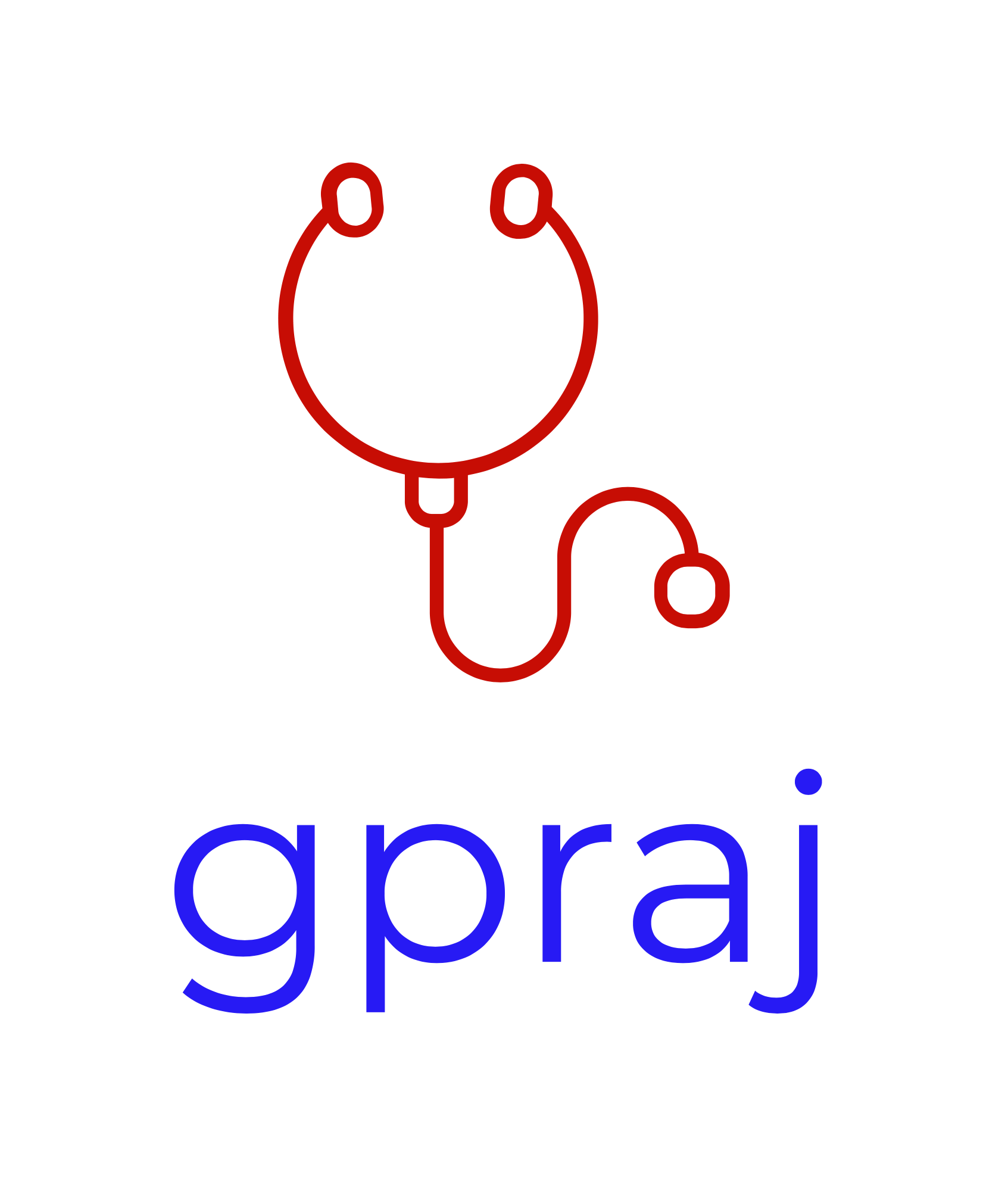Obstructive Sleep Apnoea Syndrome (OSAS)
History
Duration and severity of:
Snoring
Unrefreshing sleep and/or excessive daytime sleepiness (especially during driving/working)
Witnessed breathing pauses: apnoeas, gasping, or choking while sleeping.
Other:
Morning headaches.
Frequent nocturnal awakenings.
Unexplained nocturia.
Nocturnal gastro-oesophageal reflux disease (GORD)
Fatigue
Associated cadiometabolic conditions
Obesity: (specifically neck circumference >40cm)
Endocrine: diabetes, hypothyroidism, acromegaly
Cardiovascular: hypertension, atrial fibrillation
Cerebrovascular: stroke
Craniofacial
Adenotonsillar hypertrophy, macroglossia (enlarged tongue)
Retrognathia (abnormal jaw positioning with mandible set back from the maxilla)
Narrow oropharyngeal opening
Family History
OSAS
Social history
Occuptation
Drugs: benzodiazepines, beta-blockers, anti-epileptic drugs, and selective serotonin reuptake inhibitors (SSRIs)
Smoking
Alcohol
Psychosocial occupational
The impact of symptoms on quality of life including relationships, mood, sleep, and social activities.
Mood: depression
Family and social life
Work: increased risk of workplace accidents
Driving: Any episodes of driving while sleepy; Any road traffic collisions or near-misses due to sleepiness
Red Flags (differential diagnosis)
CNS disorder:
Sleep disorder (restless legs syndrome, narcolepsy)
Neurological disorders (previous head injury: motor neurone disease, Parkinson's disease, and myotonic dystrophy) Anxiety/Depression
Respiratory disorder:
Nocturnal asthma. Congestive cardiac failure
Gastrointestinal disorder:
Gastro-oesophageal reflux disease (GORD)
Examination
BP
BMI
Neck circumference (especially if>40cm)
Jaw abnormalities: micrognathia (small jaw) or retrognathia (abnormal jaw positioning with mandible set back from the maxilla).
Nasopharyngeal obstruction: adenotonsillar enlargement, nasal polyps, or a deviated nasal septum.
Signs of chronic obstructive pulmonary disease (COPD), pulmonary hypertension, cor pumonale
Screening Questionnaire
STOPBang Questionnaire
S. Do you snore loudly
T. Do you often feel tired, fatigued, or sleepy during daytime
O. Has anyone observed you stop breathing during your sleep
P. Do you have high BP
B. BMI>35
A. Age>50
N. Neck circumference>40cm
G. Gender male
Epworth Sleepiness Scale
How likely are you to fall asleep in the following situations:
Sitting and Reading
Watching TV
Sitting, inactive in a public place
As a passenger in a car for an hour without a break
Lying down to rest in the afternoon
Sitting and talking to someone
Sitting quietly after lunch without alcohol
In a car, while stopped for a few minutes in traffic
Treatment
Referral to a sleep clinic
Number of apnoea/hypopnoea episodes per hour (the apnoea-hypopnoea index [AHI]).
Oxygen desaturation index (ODI)
Urgent (within 4 weeks) referral if
Sleep impacts on role as professional driver or other safety-critical worker (for example pilot, bus or lorry driver, or operator of dangerous machinery). Advise the person not to drive until they have been assessed by a specialist.
Has a comorbid COPD, heart failure/pulmonary hypertension, or respiratory failure.
Routine referral if: Moderate or severe OSAS OR Mild OSAS that is impacting on the person's quality of life.
Weight management
Optimise cardiometabolic conditions: stop smoking, reduce alcohol; screen for thyroid and CVD disease
Avoiding sleeping on their back and to sleep on their side
Specific treatments
Continuous positive airway pressure (CPAP)
Intra-oral mandibular advancement devices
Upper airways surgery
Driving
(Group 1 and 2) Mild, moderate or severe OSAS without excessive sleepiness:
You may continue to drive as normal and you do not need to notify the DVLA.
(Group 1 and 2) Mild OSAS with the symptom of excessive sleepiness:
You must not drive until your excessive sleepiness symptom has been satisfactorily controlled.
If your excessive sleepiness symptom cannot be controlled within three months you must notify the DVLA.
(Group 1 and 2) Moderate or Severe OSAS with the symptom of excessive sleepiness:
You must not drive until your Sleep Clinic has confirmed to you that your OSAS is under control
